Kajū-ji|勧修寺
Overview
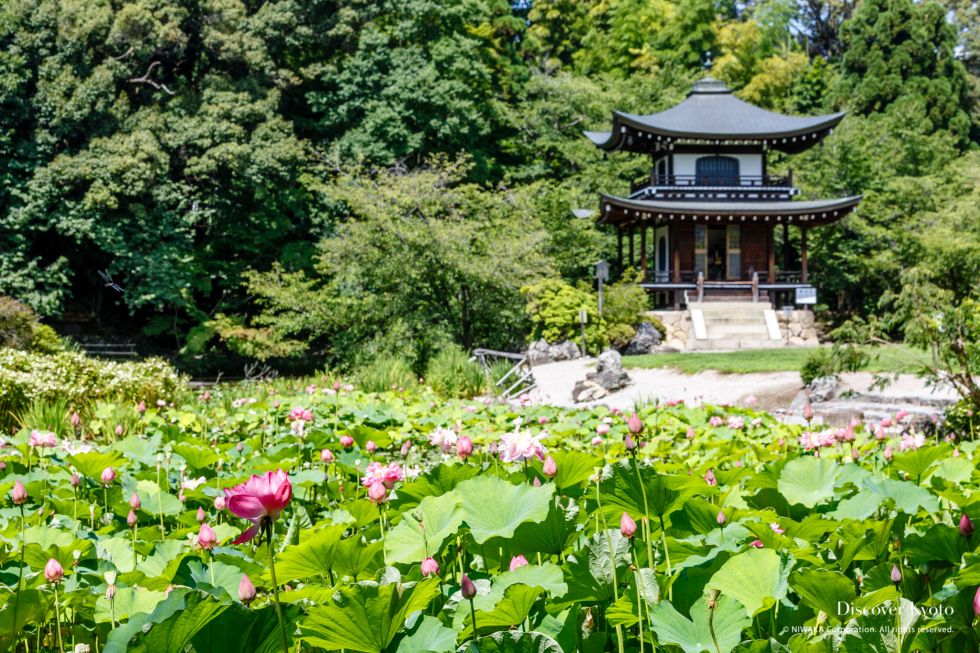
Located in Yamashina Ward, Kajū-ji offers a serene getaway for visitors to enjoy outside the more crowded bustle of the city proper. The Hyōchi-en garden on the temple grounds is famous for its pond, the Himuro no Ike, which is home to a variety of water birds, koi, and gorgeous flowers such as iris, water lilies, and lotus. A thousand years ago, the winter ice from this pond was used to divine the coming year’s harvests at the imperial palace, and it was classified as a monzeki temple, with head priests being selected from the imperial lineage. Those looking for a quiet retreat and nature’s beauty would be well served with Yamashina’s Kajū-ji.
In addition to its flowers, the Himuro no Ike pond is known among locals as the best place to see water birds up close in Kyoto.
Features
Himuro no Ike Pond

The pond at Kajū-ji, once part of an estate and used for the pursuits enjoyed by Heian period nobility such as boating and garden parties, is called the Himuro no Ike (Himuro Pond). This pond takes its name himuro from the Japanese word for “ice house”, which were used to store ice year-round before refrigeration. Hundreds of years ago, the winter ice from this pond was cut and taken to the imperial palace, where the thickness of the ice was used to predict the coming harvest. Now, the pond remains a gorgeous place to view water-loving flowers such as iris, water lilies, and lotus, as well as the surrounding seasonal blooms, including wisteria, hydrangea, and cherry blossoms. In addition to flowers, the pond is known amongst locals as the best place to see water birds up close in Kyoto. Herons are known to roost in the nearby trees, and other birds such as ducks and kingfishers also call the area home.
Kannon Hall
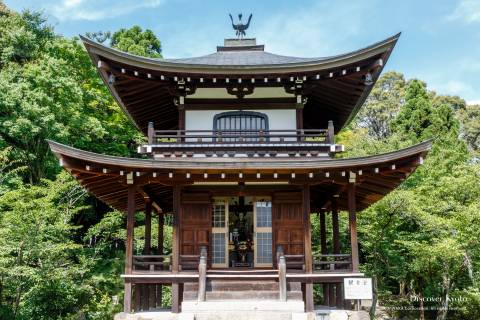
On the edge of the Himuro no Ike is the Kannon-dō (Kannon Hall), a single room two-story hall that contains a Buddhist statue of the Goddess of Compassion, Kannon. This building is a striking white and brown that looks picturesque when viewed with the pond and its carpet of lily pads spread out before it. On top of the hall is a phoenix, wings spread towards the sky.
Kajū-ji Style Lantern
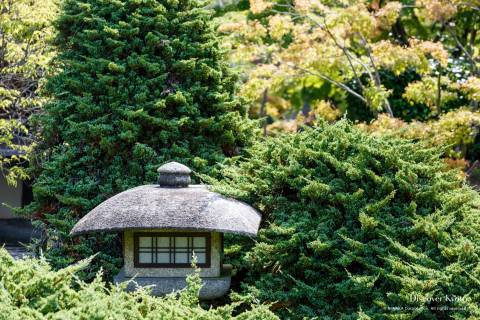
Though it may not stand out to visitors on first inspection, one of the most unusual items at Kajū-ji is actually a stone lantern located in the garden near the Shoin study room. Donated by Mito Kōmon, the somewhat eccentric lord of Mito Province (part of modern-day Ibaraki), in the 17th century and surrounded by a dwarf Japanese garden juniper (haibyakushin)estimated to be 750 years old, this lantern has a large and sloping roof that is distinctive enough to have earned it the designation of a “Kajū-ji-style lantern”.
History
Founded in the year 900 by Emperor Daigo (r. 897–930), Kajū-ji was said to have been built in Yamashina to honor and pray for the Emperor’s deceased mother, Fujiwara Taneko, who had lived most of her life in the area. Converted from the ruins of a mansion once occupied by his maternal relatives, the Miyaji clan, the name Kajū-ji was bestowed based on the posthumous name of the emperor’s maternal grandfather.
Kajū-ji’s founding abbot was Shoshun Ritsushi, who originally hailed from Tōdai-ji temple in Nara. The principle object of worship is Senjū Kannon (Thousand-Armed Kannon). With its ties to the imperial family and the powerful Fujiwara clan, Kajū-ji became a monzeki temple in the 14th century, a type of temple whose head priests were princes. In its heyday, Kajū-ji enjoyed the rewards of imperial patronage and its landholdings sprawled over the Yamashina area.
Like many shrines and temples of the age, Kajū-ji was burned down during the Ōnin War in 1470. The temple was later revived in 1682 by the combined efforts of the imperial household and the Tokugawa clan, and several halls on the property were transferred from the palaces of Empress Meishō (r. 1629 – 1643) and Emperor Reigen (r. 1663 – 1687).
A Shingon Buddhist temple, Kajū-ji became the head of the Yamashina school during the splintering of the Shingon sect in the 20th century.
Access
Address
〒607-8226 京都府京都市山科区勧修寺仁王堂町27−6
| TEL | 075-571-0048 |
Admission
- General Admission: ¥400
- Elementary School/Children: ¥200
Hours
- General Admission: 09:00 - 16:00
- Closed: No closing days
Transportation
- Tōzai Subway Line ⇒ Ono Station ⇒ 5 minutes walking
- Keihan Bus ⇒ Ono Station Bus Stop ⇒ 5 minutes walking
Gallery
-

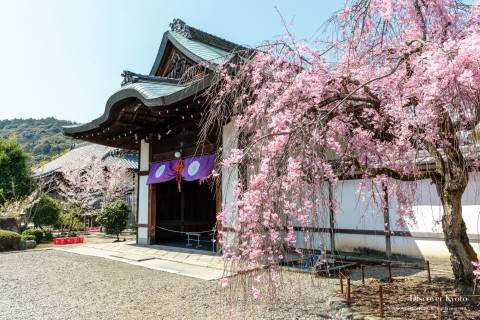
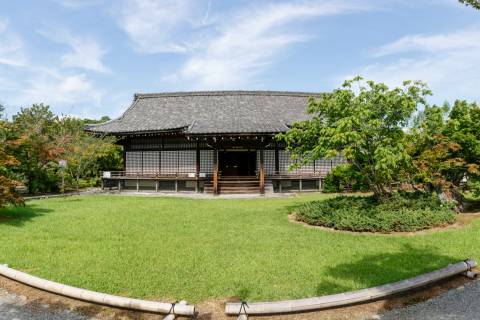

 +29
+29
